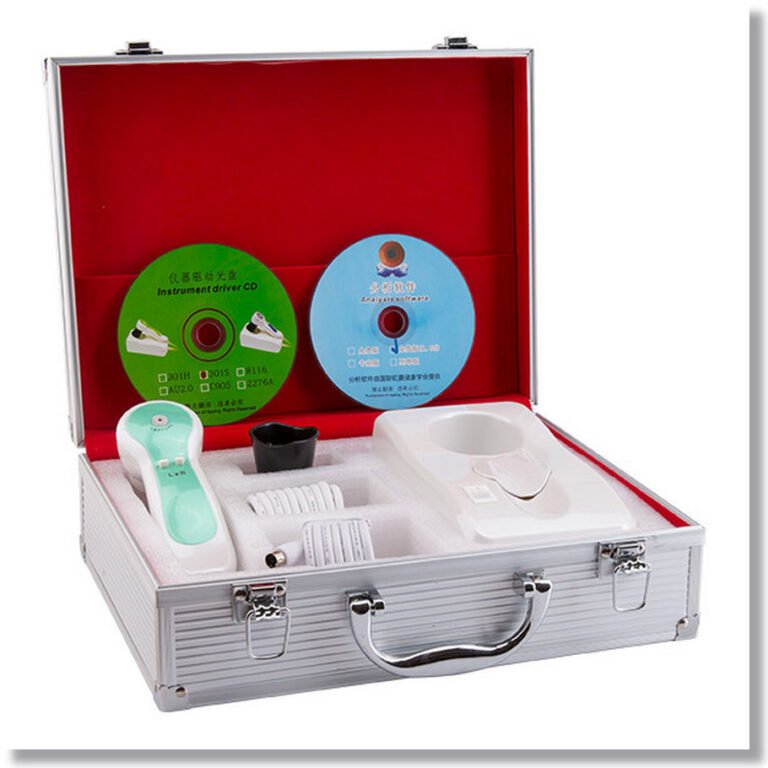
Conclusion for iridology:
Conclusion for iridology:
Iridology is an excellent example of pseudoscience in medicine, displaying many of the core features. It was invented by one individual based upon a single observation and emerging from a culture of quackery and pseudoscience. It follows a pre-scientific notion of biology – the homunculus model. It lacks any basis in anatomy, physiology, or any other basic science. Its practitioners are mostly “alternative” practitioners who use the technique as a cold reading. And the research clearly shows that iridology has absolutely no effect – it does not provide any useful information at all.
Anyone using or promoting iridology is, therefore, a pseudoscientific practitioner. Any profession that endorses iridology is not science-based and should be looked upon with suspicion.

What is iridology Benefits?
What is iridology Benefits?
Iridologists claim that by studying the patterns of a person’s iris, they can provide helpful and accurate health and wellness information. Iridology is a holistic endeavor in that it addresses the person’s whole being in the reading. The range of information gleaned encompasses physical, emotional, mental, and spiritual aspects of the person’s health picture. In addition to assessing the person’s general level of health, readings can reveal other data, including energy quotients; internal areas of irritation, degeneration, injury, or inflammation; nutritional,and chemical imbalances; accumulation of toxins; life transitions; and subconscious tensions. Iridologists maintain that the eyes reveal information about the person’s physical and emotional constitution, such as inherited weaknesses and risks to which the person may be prone. Strengths may also be revealed, including inherited emotional tendencies from which the person derives particular talents. Cleansing and healing can be verified by changes in the iris. By looking for certain signs such as healing lines, iridologists obtain information about previous health problems and injuries and discover what may have gone wrong in the person’s past.
An iridology reading reflects the causes of problems, not symptoms. It may, iridologists claim, reveal that organs or systems are overstressed or predisposed to disease before clinical symptoms even develop. By predicting future problems, iridology can be used as a preventive tool. People can use the information from iridology readings to improve their health and make better behavioral choices in the future, thereby heading off problems before they occur.
In North America, iridology is generally considered to be an assessment tool to be used in cooperation with other health specialties. Iridology is not a diagnostic tool (although it is more likely to be considered so by European iridologists) and should not be used to diagnose or name specific diseases. Not only would diagnosis represent an improper application of iridology according to many iridologists, as noted by the International Iridology Research Association (IIRA), it could also be construed in many countries as practicing medicine without a license.

Contraction Furrows. Sclera Signs. Syndromes iridology book
Contraction Furrows. Sclera Signs. Syndromes iridology book
CONTRACTION FURROWS
SCLERA SIGNS
SYNDROMES
Power Point CD, 59 Frames
By Ellen Tart-Jensen, Ph.D., D.Sc., CCII
This colorful power point show has very clear and detailed iris signs, showing various types of contraction furrows (formerly called stress rings). The area the furrows are located, whether they intersect or break. Where they intersect or break can tell the iridologist a great deal about the nervous system and health of that person. This CD also shows various signs that show up in a person’s sclera that may indicate trauma to a part of the body, tendency for poor vessel strength, excess sugar in the body and many other things. Syndrome patterns that can occur within the iris including Cardio Abdominal, Cardio Renal and Pancreatic are shown. This CD has wonderful written explanations, and arrows pointing to the signs are being taught. Excellent for a student learning iridology or for an iridology instructor to use in the classroom.

History of Iridology
History of Iridology
Iridology research began in 1670 when Dr. Philippus Meyens published a paper describing the eyes of his patients when they became sick or injured. He also noticed changes in the eye that came with healing and was able to link points on the iris to specific parts of the body. By observing the eye, he was eventually able to identify areas in the body in need of support which would show up in the eye long before physical symptoms would manifest.
While eyes have been a focus in civilizations throughout the ages, “modern” Iridology got its start just over 100 years ago. In the late 1800’s, a physician from Hungary and another from Sweden began observing eyes and organizing their findings. This process of observation and correlating has been slow, but it established a foundation for others to build on. The first book on Iridology in America, by an emigrated Austrian physician, was printed in 1904. This was followed by the works of N.D.s and other naturopathic oriented M.D.s.
Working with limited magnification and photography equipment, progress was difficult. Then with the emergence of the AMA and other political and economic influences and the advent of “miracle” drugs, almost all natural medicine practices declined in this country. Dr. Bernard Jensen is credited with keeping Iridology alive in North America.
In Europe, a different political and economic climate created an environment that has allowed Iridology (and other natural medicine practices) to evolve. Extensive research has been carried out in Europe and iridology is now widely accepted as a valuable preventative health care approach. Currently in the U.S. more people are showing interest in iridology as an alternative method for improving health. Now you can experience the benefits of this remarkable assessment tool/technique.




































